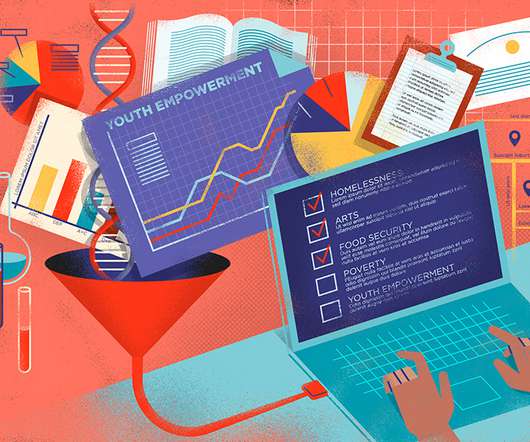Local Collaboration Can Drive Global Progress on the SDGs
Stanford Social Innovation Review
JUNE 28, 2023
Their experiences show how the interdependencies of the SDGs come to life at the local level: Ending homelessness requires addressing issues of poverty, mental and physical health, quality employment, environmental justice, and climate change—in addition to safe and affordable housing.










Let's personalize your content